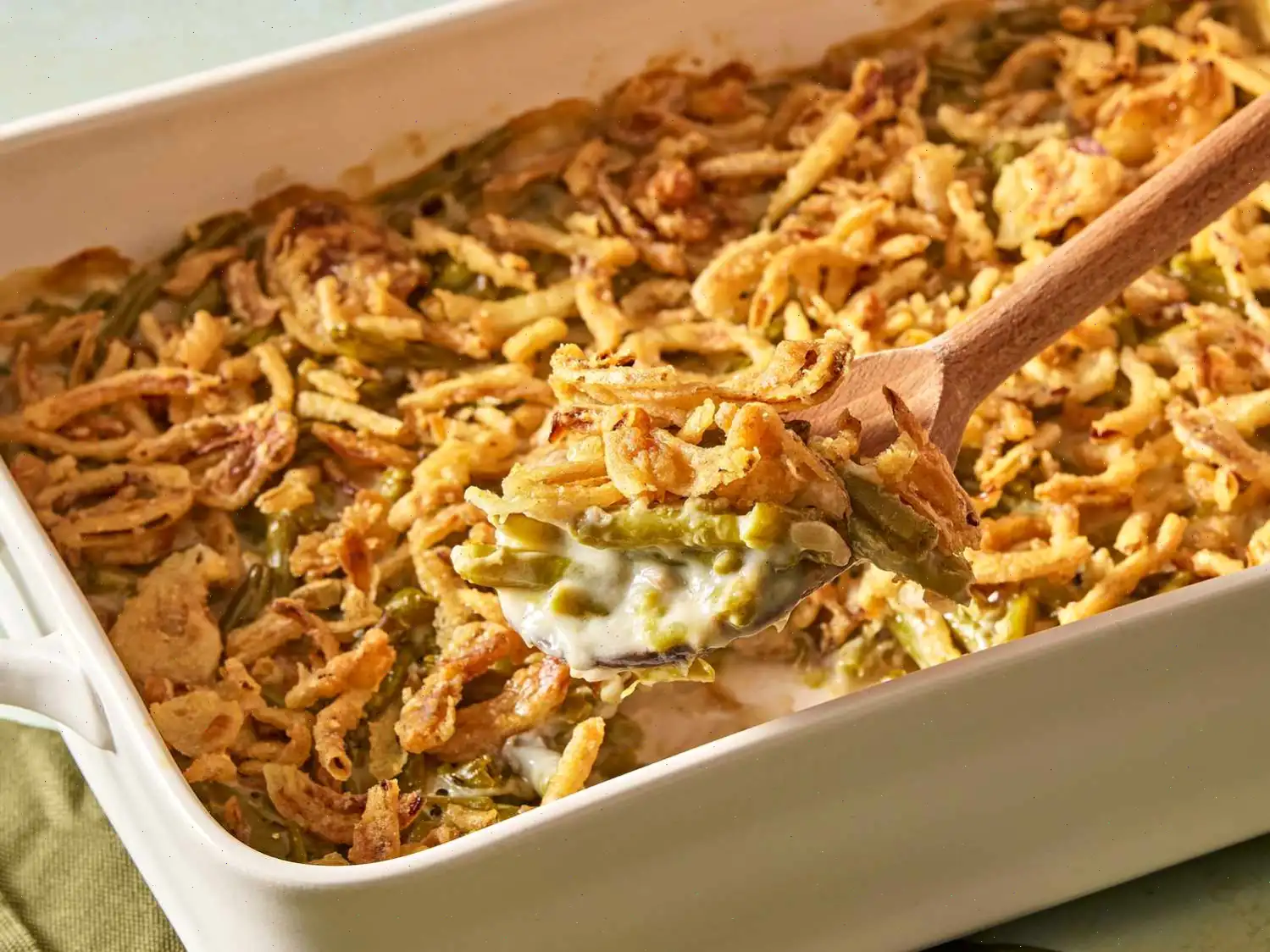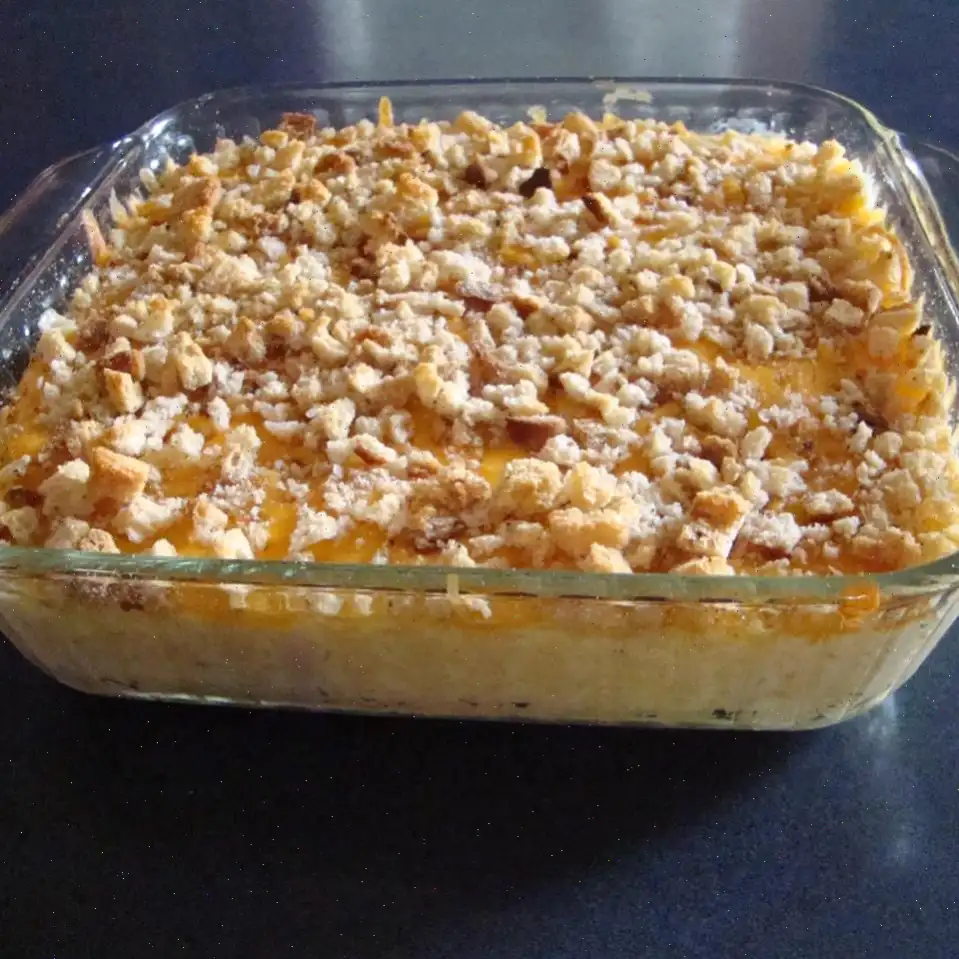
Siopao Chicken and Pork Filling Recipe
Ingredients
- 2 tablespoons olive oil
- 1 onion, chopped
- 2 cloves garlic, minced
- 2 pounds pork loin, diced
- 2 pounds chicken thighs, deboned and diced
- cup soy sauce
- 1 tablespoon white sugar
- Salt and ground black pepper to taste
Directions
Step 1: Heat the olive oil in a wok over medium-high heat.
Step 2: Add the chopped onion and minced garlic to the wok. Saut until the onion becomes translucent, about 5 minutes.
Step 3: Add the diced pork and chicken to the wok. Cook and stir until both meats are lightly browned, about 5 minutes.
Step 4: Stir in the soy sauce and white sugar. Mix well, ensuring the meat is evenly coated.
Step 5: Season with salt and black pepper to taste. Simmer the mixture until it is nearly dry, and the pork and chicken are no longer pink, about 10 more minutes.
Step 6: Remove from heat and let the filling cool before using it to fill the siopao dough.
Nutrition Facts
Serving Size: 1 serving (out of 16 total servings)
| Nutrition Facts | Per Serving |
|---|---|
| Calories | 183 |
| Total Fat | 9g (11% DV) |
| Saturated Fat | 3g (13% DV) |
| Cholesterol | 74mg (25% DV) |
| Sodium | 292mg (13% DV) |
| Total Carbohydrate | 2g (1% DV) |
| Dietary Fiber | 0g (1% DV) |
| Total Sugars | 1g |
| Protein | 22g (45% DV) |
| Vitamin C | 1mg (1% DV) |
| Calcium | 10mg (1% DV) |
| Iron | 1mg (7% DV) |
| Potassium | 266mg (6% DV) |
Note: The recipe yields 16 servings. Nutrition information is based on a 2,000-calorie diet. The percentages are approximate and may vary depending on your daily caloric needs.
Siopao is a beloved Filipino steamed bun filled with a variety of delicious fillings, often enjoyed as a snack or part of a meal. This particular recipe combines two types of meatchicken and porkseasoned with garlic, soy sauce, and a touch of sugar, resulting in a flavorful, savory filling thats perfect for stuffing into fluffy steamed buns.
History and Origins of Siopao
Siopao, often compared to Chinese baozi (steamed buns), has become a staple in Filipino cuisine due to the country's history of Chinese influence. It is believed that siopao was introduced to the Philippines by Chinese immigrants during the Spanish colonial era. The term "siopao" is derived from the Hokkien word "shao bao," meaning "hot bun." The Filipino adaptation of the dish incorporates local ingredients and flavors, making it distinctly Filipino while maintaining the essence of the original Chinese dish.
Regional Variations of Siopao
Throughout the Philippines, you will find different regional takes on siopao, each with slight variations in filling, dough, and seasoning. In Luzon, siopao is commonly stuffed with pork asado or chicken adobo. In the Visayas, the filling might include more exotic ingredients like shrimp or even beef. The dough can also vary in texture, from soft and fluffy to slightly denser buns. Despite these regional differences, the method of steaming and the enjoyment of siopao as a snack or meal remains consistent across the country.
What Sets Siopao Apart?
Siopao stands out from similar dishes like Chinese baozi or Japanese nikuman due to its distinct Filipino twist. While baozi fillings can be sweet, savory, or even dessert-based, siopao fillings are often a mix of savory and umami, relying heavily on soy sauce and garlic. The combination of chicken and pork in this recipe adds both tenderness and depth of flavor, creating a filling that is both juicy and satisfying. Moreover, the Filipino version often features a sweeter note with a touch of sugar, unlike the more neutral flavors found in its Chinese counterparts.
Where is Siopao Traditionally Served?
Siopao is commonly found in Filipino bakeries, street food stalls, and restaurants, particularly as a quick meal or snack. Its popular for breakfast, lunch, or dinner and is often paired with a hot cup of coffee or a refreshing iced drink. You can find siopao in convenience stores or market stalls, where it is either enjoyed immediately or packed to go. Its also a popular dish during festive occasions, gatherings, and special celebrations in Filipino households.
Fun Facts About Siopao
- Siopao is often sold in pairs, with one bun being called a "siopao bola-bola" (meatball), and the other a "siopao asado" (barbecued pork), making it easy for people to mix and match flavors.
- Filipinos sometimes use siopao as a portable lunch for picnics or as a quick meal during long road trips.
- In the Philippines, siopao is sometimes filled with a sweet and salty mixture of pork and hard-boiled eggs, a nod to the Filipino love of combining contrasting flavors in one dish.
- Siopao is not only enjoyed by Filipinos but also by other Southeast Asian countries, with each nation putting its own spin on the filling and the dough.
Conclusion
Siopao is more than just a delicious snackit's a piece of Filipino culture that blends the influence of Chinese culinary traditions with local Filipino flavors. Whether you're making it at home or picking it up from a local vendor, siopao is a comforting, satisfying treat that brings people together, offering a taste of the Philippines in every bite.







